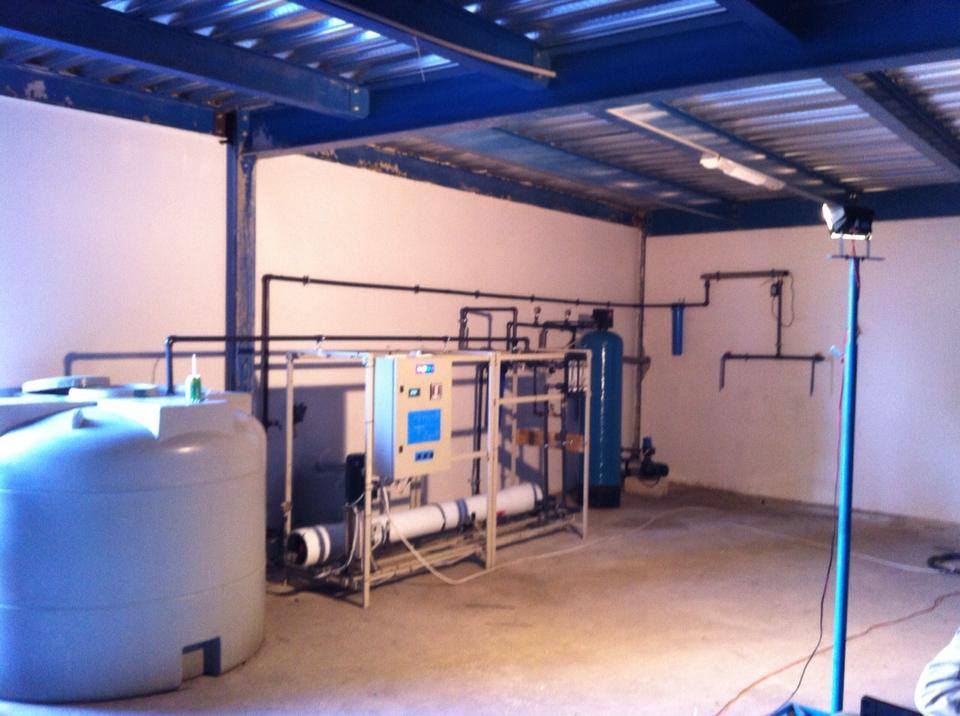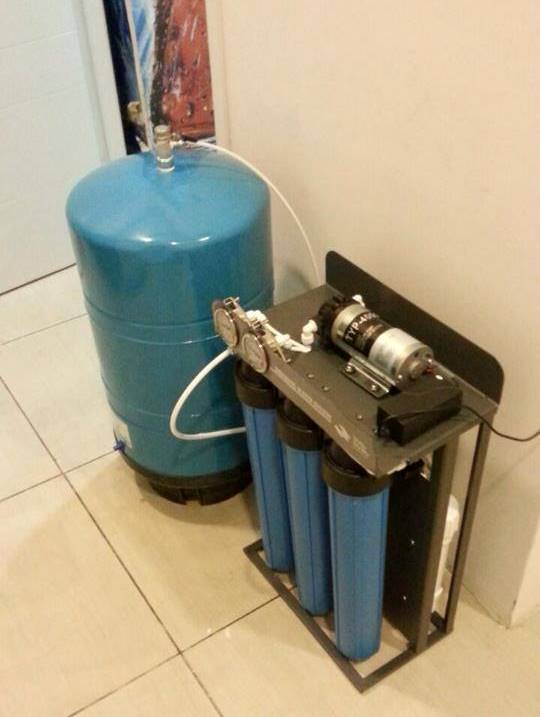Reverse osmosis is one of the processes that makes desalination (or removing salt from seawater) possible. Beyond that, reverse osmosis is used for recycling, wastewater treatment, and can even produce energy.
Water issues have become an extremely pressing global threat. With climate change come unprecedented environmental impacts: torrential floodingin some areas, droughts in others, rising and falling sea levels. Add to that the threat of overpopulation -- and the demand and pollution a swelling population brings -- and water becomes one of the paramount environmental issues to watch for in the next generation.
Water treatment plants and systems are now adapting reverse osmosis to address some of these concerns. In Perth, Australia (notably dry and arid, yet surrounded by sea), nearly 17 percent of the area's drinking water is desalinated sea water that comes from a reverse osmosis plant [source: The Economist]. Worldwide, there are now over 13,000 desalination plants in the world, according to the International Desalination Association.
But while knowing that reverse osmosis can convert seawater to drinking water is useful, what we really need to understand is how the heck the process occurs. Assuming that you have a fairly good grasp on the definition of "reverse," we better start by taking a look at how osmosis works before we put the two together.

Commercial Potable Water System . Shwayfet Lebanon
Feed TDS 4000 PPM
Effluent TDS 100 PPM
Feed Water : Well Water
Date completed 29/1/2015...
Protect your Family health , Kitchen , Farm or Restaurant with Water Filtration & Sterilization _ Green Energy TEL 961 1 492785

Reverse Osmosis an Important Component of any Clean Restaurant Kitchen .
Installed @ Chick Mix Resto - Jounieh .
Reverse Osmosis for a building in Hamra installed by Green Energy